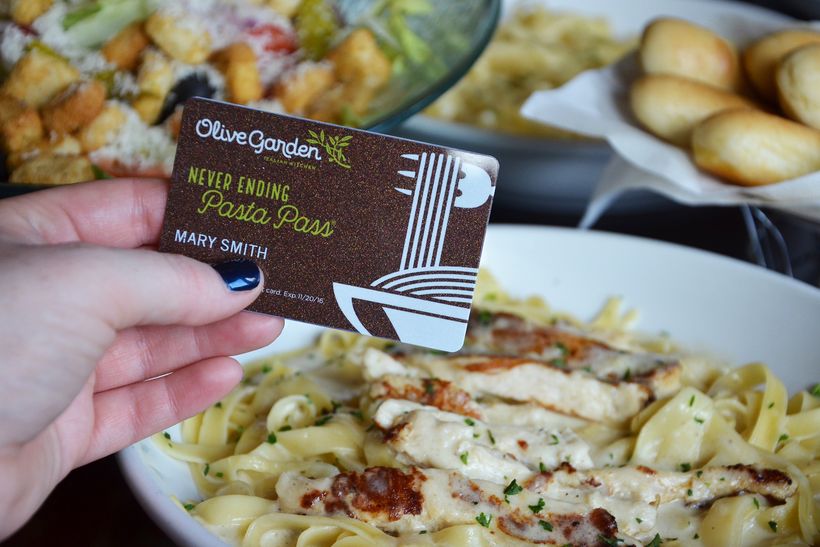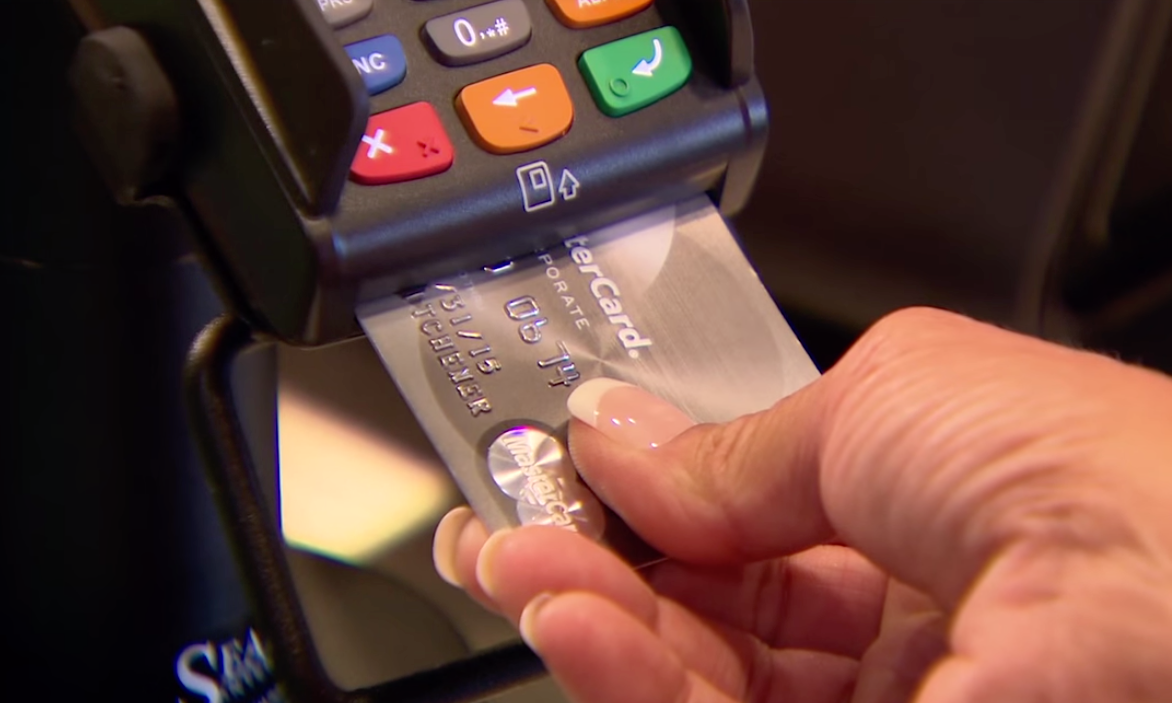Millennials Are Buying More Gift Cards Than Ever - For Themselves
New data suggests that they are buying more gift cards than ever before but then turning around the spending those cards on themselves.

Millennials and women are fueling a surge in sales of retailer-specific gift cards, but it seems that they are purchasing more of these gift cards for themselves than to give away to others, as more and more retailers and brands entice consumers with loyalty rewards when they purchase these types of gift cards through apps.
Mercator Advisory Group surveyed 3,009 U.S. adults in June of this year to examine the shift in gift card consumers to prepaid and rechargeable cards issued directly from retailers.
The study found that these types of consumers are steadily growing. Of those surveyed, 63 percent bought these types of cards this year, compared to 61 percent in 2015 and 56 percent in 2014.
Retailer-specific cards are now the most popular types of gift cards, too, with 45 percent of U.S. adults having purchased some form of them this year, up from 41 percent in 2015.
Millennials, specifically those between the ages of 25 and 34, seem to be fueling the rise in the purchase of retailer-specific gift cards, as three out of every five of the young adults surveyed reported buying at least one in the past year — an increase from 2015’s survey, as only about half of millennials reported buying the cards then.
Interestingly enough, with the rise of smartphones, eCommerce and the increasing popularity of retailer-specific gift cards, these types of cards are beginning to function more as a form of currency themselves than as a gift-giving method.
“As retailers introduce new mobile apps, often with mobile payment options that include their retailer prepaid cards, young adults begin to buy retailers cards for their own use, so the cards are becoming a primary payment tool and not just used as gifts,” according to the study.
Women also seem more likely to purchase retailer-specific gift cards than their male counterparts, with 49 percent reporting they purchased at least one this year, compared to only about 40 percent of men. Still, Mercator Advisory Group did note that the number of men purchasing retailer-specific gift cards has “grown steadily” since the firm began tracking the number in 2013.
Also spurring the rise of retailer-specific gift cards, many of the retailer apps’ digital loyalty programs offer consumers free money, in-store points or deals for re-upping or refilling the gift cards, which many millennials seem to be using as a way to stretch their dollars in stores, while push notifications are easily used to remind the consumer that their card is empty or that they might be missing out on a hot, new deal.
“Retailers are introducing more mobile-based apps and offers when using their loyalty and prepaid programs, which may be fueling this growth in retailer gift card purchases,” according to Karen Augustine, manager of Primary Data at Mercator Advisory Group and the author of the report. “Young adults continue to lead this mobile revolution and growing use of prepaid cards as a money management tool.”
Gift cards, thanks in large part to retailer-specific incentives and loyalty rewards programs designed to entice customers to spend more of their dollars on that specific brand or retailer, appear to be enticing consumers to do just that in greater numbers than ever before.
And the gift card seems to be shifting from a token given to friends or families around the holidays or out of appreciation into a practical form of currency for many of today’s savvier young shoppers.
Source: PYMNTS.com - September 8, 2016
MEDIA CONTACT:
KATY LASEE | MARKETING DEPT.
651 554 8533
KRLasee@traveltags.com
TAGS:
card services,
Millennials,
trends




 Out of these two million active merchants, 1.3 million are regional or local merchant locations—an increase of 159%, MasterCard said.
Out of these two million active merchants, 1.3 million are regional or local merchant locations—an increase of 159%, MasterCard said.
